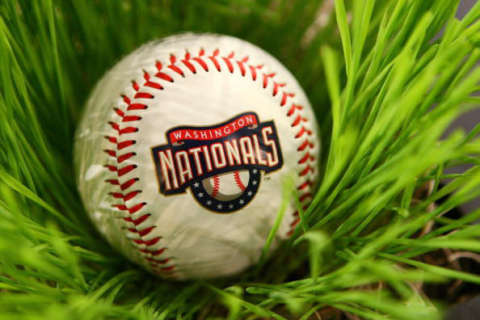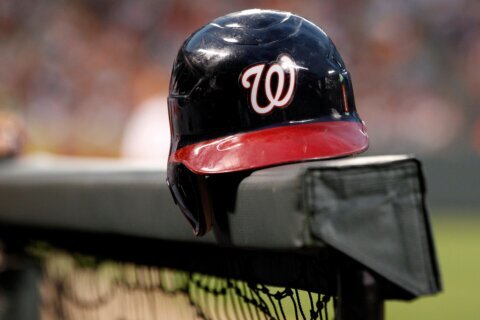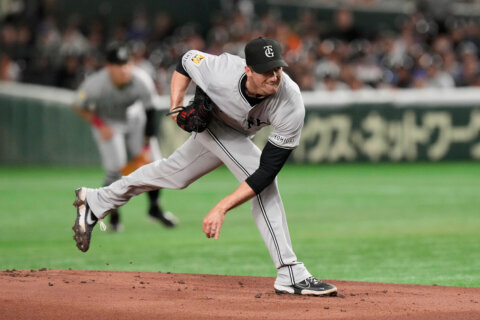WASHINGTON — Remember December of 2013? It was a simpler time. The Nats, coming off a disappointing follow-up to their breakout 2012 campaign, made a deal with the Detroit Tigers to shore up the back end of their rotation, landing Doug Fister in exchange for utility man Steve Lombardozzi, rookie reliever Ian Krol and a minor league pitcher.
The trade was universally praised as a steal for Mike Rizzo and the Nats, with ESPN’s Jayson Stark calling it “one of the all-time heists.” Fister went on to win a team-high 16 games for the 2014 NL East champs, sporting a 2.41 ERA that was fourth-best in the National League. He finished eighth in Cy Young voting, posting a career-best 4.1:1 strikeout-to-walk rate.
And then, he kind of fell off the face of the earth, as sinkerballers often do around 30.
In the last three seasons — in Washington, Houston and Boston — Fister has gone 17-23 with a 4.61 ERA. He started the year pitching for the Salt Lake Bees, the Triple-A affiliate of the Los Angeles Angels, and has since made four appearances with Boston, allowing at least three runs in each.
Despite Fister’s 4.5 Wins Above Replacement (WAR) season in 2014, he’s posted just 4.1 WAR overall since the trade, due to some negative accumulation in the interim.
On the other side of the ledger, Lombardozzi and Krol haven’t done much. Lombo was playing indy ball as recently as last year and has amassed -0.4 WAR between the Orioles, Pirates and Marlins, the last of which he is hitless with in eight big league at-bats this year. Krol has been inconsistent as a reliever with the Tigers and Braves, posting ERAs near or above 5 in three of the last four years, tallying -0.5 WAR.
But what ever happened to that last piece in the deal, the minor league pitcher? What was his name again?
Oh, right.
That’s Robbie Ray, freshly-minted All-Star, who the Lerner family wanted to keep, causing Rizzo to threaten to quit if the trade didn’t go through. Ray may not have been as highly-ranked as other prospects in the system, but the Nationals’ player development guys loved him, and it’s not hard to see why now. (Side note: It certainly doesn’t appear to be a coincidence that the Diamondbacks acquired Ray when they did, just six weeks after former Nats Assistant GM Bryan Minniti took the same job in Arizona.)
At 25, Ray is 9-4 with a 2.97 ERA. The only big leaguers with more strikeouts the last two seasons are Max Scherzer, Chris Sale and Chris Archer. Ray ranks sixth in the NL in pitching WAR, above his former Cy Young teammate Zack Greinke. He’s allowing fewer hits per nine innings than Clayton Kershaw, while striking out batters at a higher rate.
And despite a miserable 2013 season in Detroit, he’s put up 5.4 WAR as a big leaguer. That means the trio of Ray, Lombardozzi and Krol — even with no help from the latter two — has outperformed Fister in terms of WAR (4.5 to 4.1) since the trade.
This isn’t to say the Fister trade wasn’t a good one. The Nats were looking to get better immediately — and they did. That’s what you’re supposed to do as a contender (see: acquiring Sean Doolittle and Ryan Madson). It’s also not a knock on the Nats, who clearly understood what they had in Ray, who Stark refers to in that same ESPN piece as “a pitching prospect whom the Tigers view as having bigger upside than virtually every other team we’ve asked about him.”
But it’s a good reminder — as the Nats head to the desert, where they will likely face Ray Sunday, and especially as we enter the height of baseball’s hot stove season — that there are two sides to every deal, and that it’s insane to declare winners and losers in the moment when so much can change four years down the line.







